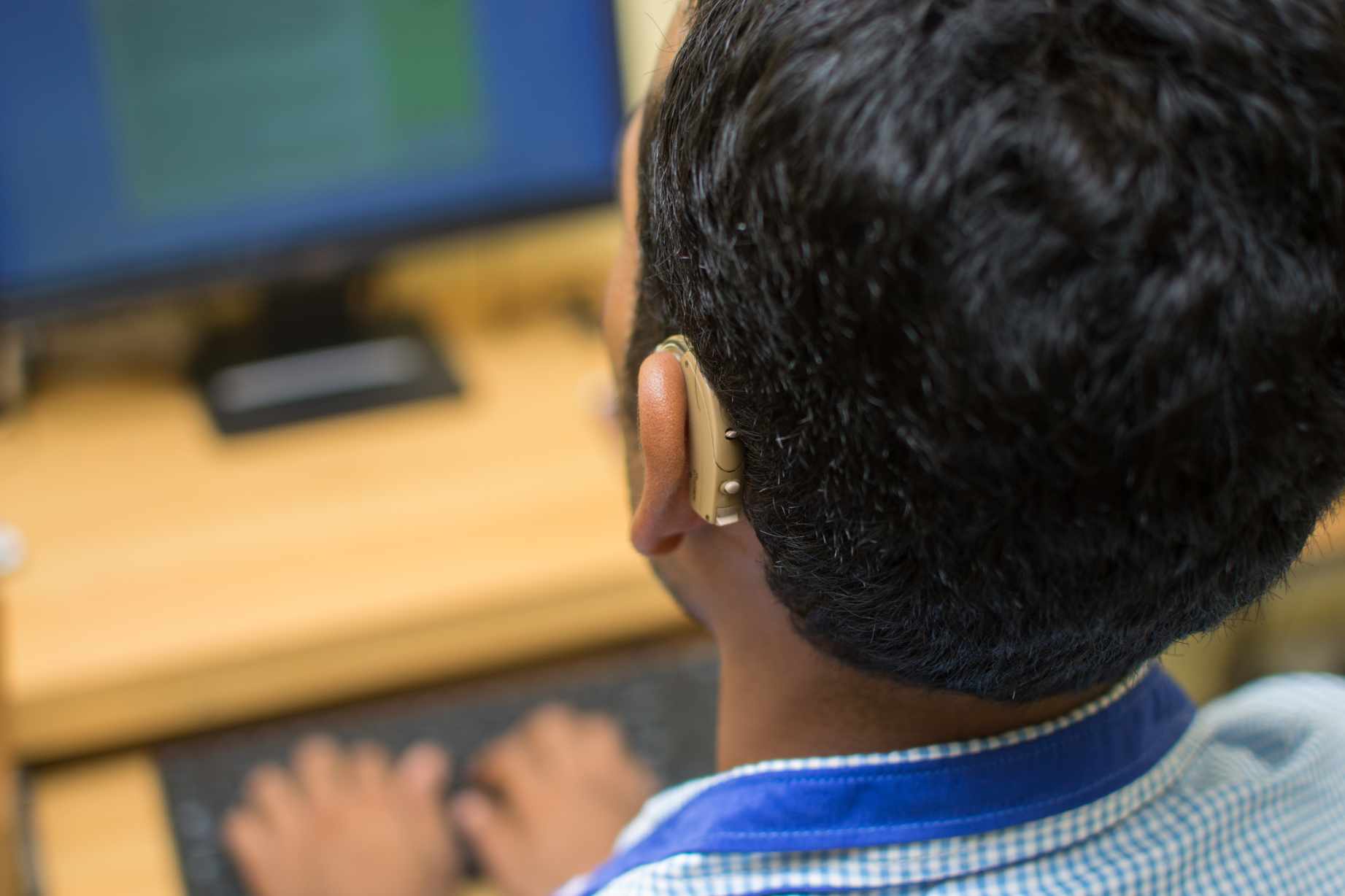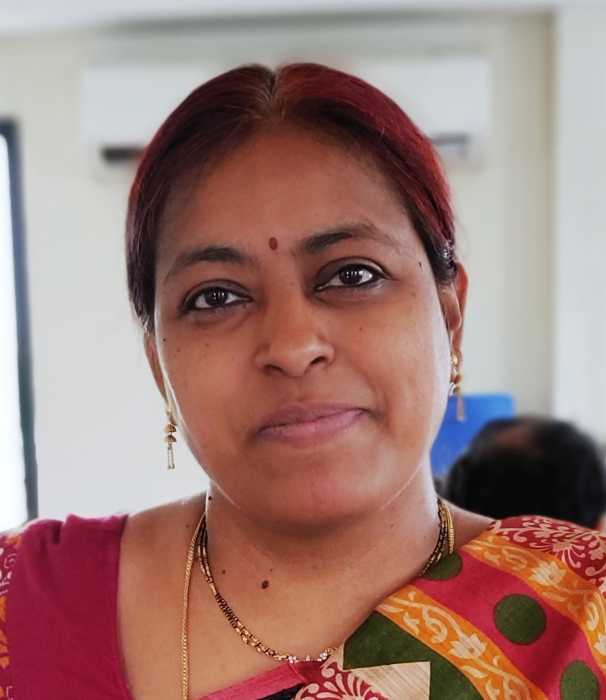Since the beginning of the year, more than 200 nations across the globe have been affected by COVID-19. Many are still reeling under the devastating effects of the pandemic, with both public health and the global economy having taken a major blow. Emerging markets seem to be especially vulnerable, given that their healthcare facilities tend to be ill-equipped to tackle a pandemic of this nature and scale. Worse, and even more worrying, is the fact that the end to this global crisis is still nowhere in sight, and we have not been able to assess the damage to lives and livelihoods.
Despite governments having taken drastic steps, including offering varying degrees of support to their citizens, there remain certain sections of society that have been inadvertently excluded. Persons with disabilities (PwDs)—more than one billion in number globally—are one such group. This is because much of the advocacy on how to stay safe during the pandemic has not factored in the inability of people who are immobile or living with mental illnesses to follow these instructions. “Containment measures, such as physical distancing and self-isolation, may be impossible for those who rely on the support of others to eat, dress, and bathe.” 1 The World Health Organization (WHO) issued a document highlighting this issue, and explaining how PwDs may be at a greater risk of contracting COVID-19. Some of these include:
- Accessibility issues may limit how often PwDs are able to wash their hands
- PwDs who require additional support may find it difficult to practice physical distancing, and many caregivers may be reluctant to provide their services due to the contagious nature of the novel coronavirus
- People with intellectual impairments cannot be expected to cope with self-isolation
- People with visual disabilities rely on “touch functions for mobility and work”, thereby increasing their risk of infection
- Public health information remains inaccessible, which acts as a barrier, particularly for people with hearing impairments
- PwDs may be at greater risk, as people with underlying health conditions, particularly those related to respiratory function, immune system function, heart disease, or diabetes, are more likely to be infected with COVID-19
Related article: Designing for inclusion
In India, the government needs to be more proactive
The situation is no different in India, where 2.21 percent of the population, or 2.68 crore people are officially recognised as PwDs. Here, some of the challenges highlighted above may be intensified, due to ignorance and poverty, or the lack of a conducive environment and amenities.
The Department of Empowerment of Persons with Disabilities (DEPWD) recognises that PwDs are more vulnerable to the virus because of their physical, sensory, and cognitive limitations. These limitations come in the way of their capacity to access, interpret, and use the information and services being made available to deal with COVID-19, and can lead to further marginalisation. The Ministry of Social Justice and Empowerment has also mandated that under the Rights of Persons with Disabilities Act, 2016, departments in the states and union territories should disseminate information on COVID-19 in audio formats and Braille, while also ensuring that the government websites are accessible.
While these guidelines are welcome, their actual implementation requires long-term preparedness and mass awareness, backed by a multi-pronged approach. A recent study indicates that little progress has been made in implementing these guidelines, leaving people who are differently abled to rely on second hand information, which at times could be diluted and/or misinterpreted and misleading. Lack of captions and sign language communication in media coverage further excludes people with hearing impairments. Moreover, those with inaccessibility or people with hearing dysfunction, who depend on lip reading, are unable to communicate with doctors and health workers in this time of crisis.
While these guidelines are welcome, their actual implementation requires long-term preparedness and mass awareness, backed by a multi-pronged approach.
Another challenge is accessing ration supplies and cooked food distributed by the authorities or organisations, since the mobility to the place of distribution is tedious, and additional infrastructural support at the distribution point is often limited. This lacklustre response is indicative of how we, as a society, have a long way to go in being sensitive to the needs of PwDs. In Australia, to cite one example, a separate, exclusive shopping time slot is allocated for PwDs at grocery stores to ensure they have access in line with their needs. Another major blow for PwDs by the pandemic is to their livelihood and income generation. Two out of three PwDs in India today are unemployed, and a majority of the rest work in the unorganised sector as migrant or contractual labour—the group that has been most severely impacted by job losses due to the lockdown. Loss of income is among the main reasons why PwDs are being driven to the brink of poverty and exclusion.

“Containment measures, such as physical distancing and self-isolation, may be impossible for those who rely on the support of others to eat, dress, and bathe.” | Picture courtesy: Dr Reddy’s Foundation
What needs to change?
In a letter to the Prime Minister, Mr Arman Ali, Executive Director, National Centre for Promotion of Employment for Disabled People (NCPEDP) demanded uniformity of pensions, increase in ex-gratia payments, announcement of an adequate economic package, information in accessible formats, and the enforcement of comprehensive, strict guidelines for the protection and safety of PwDs.
The state disability commissioners are nodal authorities assigned to coordinate with other relevant bodies. But since these positions are ad hoc in nature with no independence to plan and execute, there is little or no motivation to do what is necessary. This apathy points to the urgent need to establish an exclusive centralised statutory body, similar what other vulnerable sections have in place, such as the National Commission for Minorities and the National Commission for Women.
Related article: Hiring for inclusion
The urgency to address this cannot be overemphasised. We are already late in addressing the trauma and the inconvenience experienced by PwDs, and this needs to be alleviated with concerted and quick action. Some of these steps include:
- The Aarogya Setu app should include dedicated sections with specific information for PwDs and the information should be available in sign language
- Door-step delivery of food or rations should be ensured for free or at affordable rates
- Direct cash assistance can be provided, along with special provisions under the public distribution system (PDS) for PwDs
- Conversion of public materials into the ‘easy read’ format so that they are accessible to people living with intellectual disabilities or cognitive impairment
- Providing financial compensation for families and caregivers who need to be self-isolated and are prone to infection
- Setting up exclusive helplines in multiple formats (for example, telephone and e-mail) for PwDs to communicate with the government, ask questions, and raise concerns
- Considering caregivers as essential workers, providing them with curfew passes, and exempting them from other lockdown measures that may affect the continued provision of support services
- Ensuring adequate provision of facilities at quarantine centres and provision of transportation to and from the centres
While these are times when everyone needs to take good care of themselves and interact with others with caution, this is also the time for society to be aware of the needs of PwDs, and to ensure we do not forget those in need of assistance, support, and understanding.
Given the lockdown and the loss of livelihoods, the onus rests on the legislative and administrative agencies to address these gaps and to ensure the inclusion of PwDs, both in letter and spirit.
Disclaimer: Dr Reddy’s Foundation supports IDR for research and dissemination of underserved themes in the social sector.
—
Know more
- Understand how the lockdown has increased the number of challenges PwDs face on a daily basis.
- Read this report on the status of PwDs in India during the COVID-19 crisis.
- Learn more about India’s response to the education of children with disabilities during Covid-19.
Do more
- Help circulate this list of helpline numbers for PwDs who need groceries, medicines, and essential items.
- Connect with Eyeway, a one-stop knowledge resource for people living life with blindness, through their national helpline.
- If you are a youth living with disabilities who is looking to build skills, sign up for the GROW digital skills online training programme.





